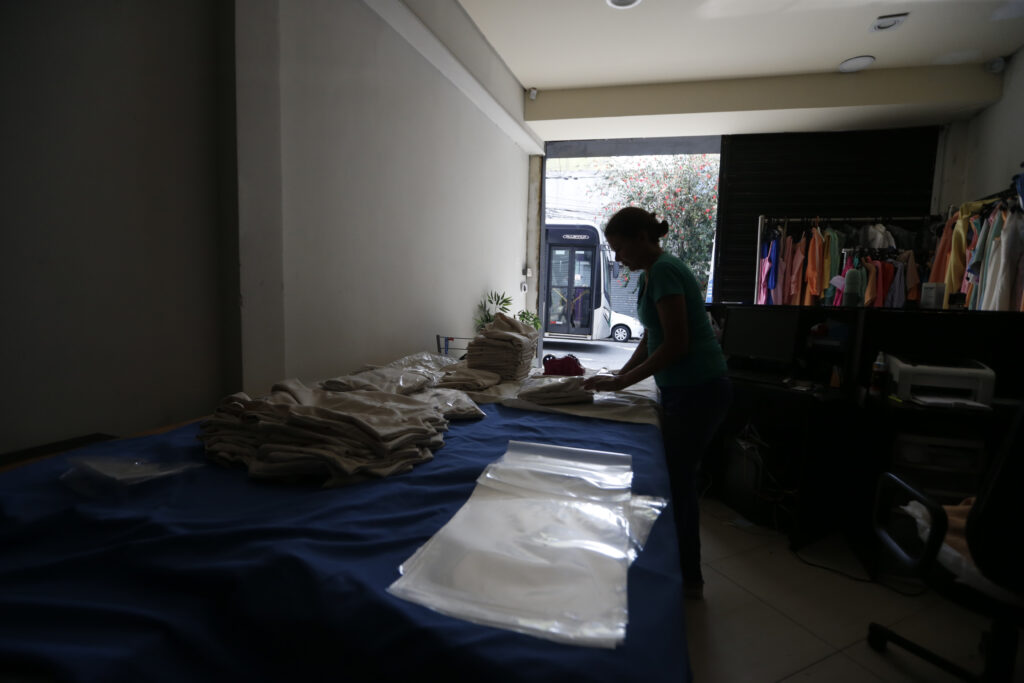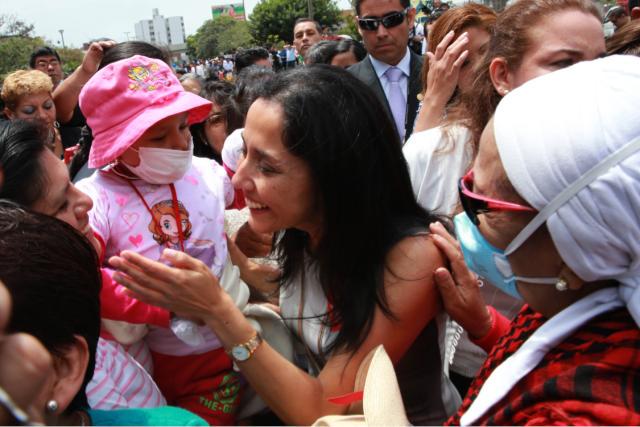São Paulo, Brazil – In 2023, Brazil recorded a rape case every six minutes, totaling 83,988 rape victims. The number represents a 6.5% increase in reported rapes compared to 2022 and the highest number of rapes in a single year in the country’s history.
Among the victims, 61.6% were under 13 years old, and 52.5% were black women. Most rapes were committed by family members, partners, or ex-partners of the victims. The data comes from a survey conducted by the Fórum Brasileiro de Segurança Pública, an NGO that gathers crime statistics in the country.
In 2011, the first year of the survey, 43,869 people were reported victims of rape in Brazil. Since then, with almost uninterrupted growth, the country has reached new records, with rapes increasing by 91.5% between 2011 and 2023.
But regarding 2023, the NGO also identified an increase in all forms of violence against women: 1,467 women were killed, with 63.6% being black and 71.1% aged between 18 and 44. The study indicates that 64% of femicides occurred in the victims’ homes, and 90% of the killers were men – 63% were partners of the victims, and 21.2% were ex-partners.
Additionally, Brazil recorded increases in the number of sexual harassment reports (28.5%), the spread of rape images or revenge porn (47.8%), assaults resulting from domestic violence (9.8%), stalking (34.5%), threats (16.5%), psychological violence (33.8%), and attempted femicide (7.1%).
According to Isabella Matosinhos, a sociologist and researcher at the Fórum Brasileiro de Segurança Pública, when combined, all these forms of violence against women amounted to over 1 million victims in 2023 alone.
“Unfortunately, for yet another year, the scenario remains disheartening,” said Matosinhos in the report. “There is a notion that violence against women has been normalized in society.” She also emphasized that the higher the level of violence in a society, as measured by homicide rates of men and women, the higher the violence against women will be.

Psychological violence
Matosinhos also pointed out the increase in cases of threats, stalking, and psychological violence – forms of violence that may be considered “less severe” than physical assaults or rape, but which nonetheless cause irreparable harm to victims.
“Especially in the current context, where crime in general has adapted to virtual modes, stalking deserves even more attention as it can occur through any means, not just physical presence but also phone calls, text messages, emails, social media, and the increase in reported cases of this crime in Brazil is an example of this,” she said.
According to Matosinhos, threats, stalking, and psychological violence are interconnected and can have a profound impact on the mental and emotional health of victims, perpetuating a cycle of fear, submission, and control.
“These crimes can occur in many contexts, including the workplace and other aspects of public life for women, but like most forms of violence, they often happen in the domestic context,” the researcher added.
While the rise in these crimes is a negative trend, said Matosinhos, it can also indicate an increased willingness of women to recognize that they are victims of psychological violence, to report it, and to seek help.

The role of men
Fórum Brasileiro de Segurança Pública also raised a discussion on the role of men in this scenario of increasing violence against women. The idea is to shift the focus away from the victim, who suffered the violence and could do little or nothing to prevent the criminal act.
“A different construction of the same idea can help direct our attention to where change is most needed: men kill women. Men rape women. These crime numbers are numbers of men violating women,” the study states.
According to the NGO, the way the data is presented can have a significant impact; while focusing on the victim may reinforce the image of women’s vulnerability and passivity, “when we assert that men are generally responsible for these deaths, we personalize the active subject of this crime and bring them to the center of the narrative, which can emphasize male responsibility in perpetuating violence and the violent act itself.”
The study concludes that this perspective can help combat the view that violence against women is an inevitable or natural phenomenon, showing instead that such violence is an active choice by the perpetrator and the society that normalizes it.










